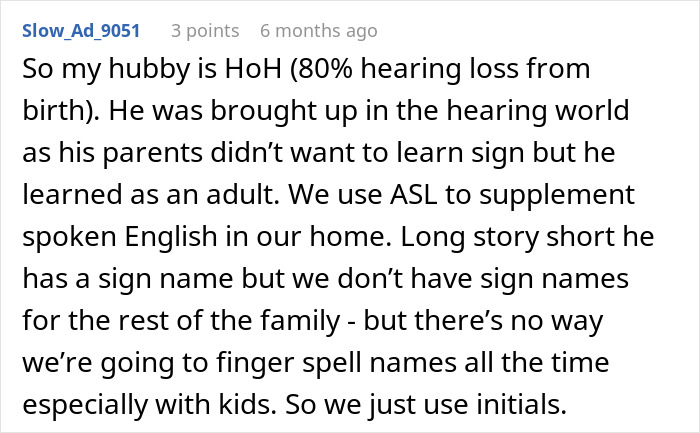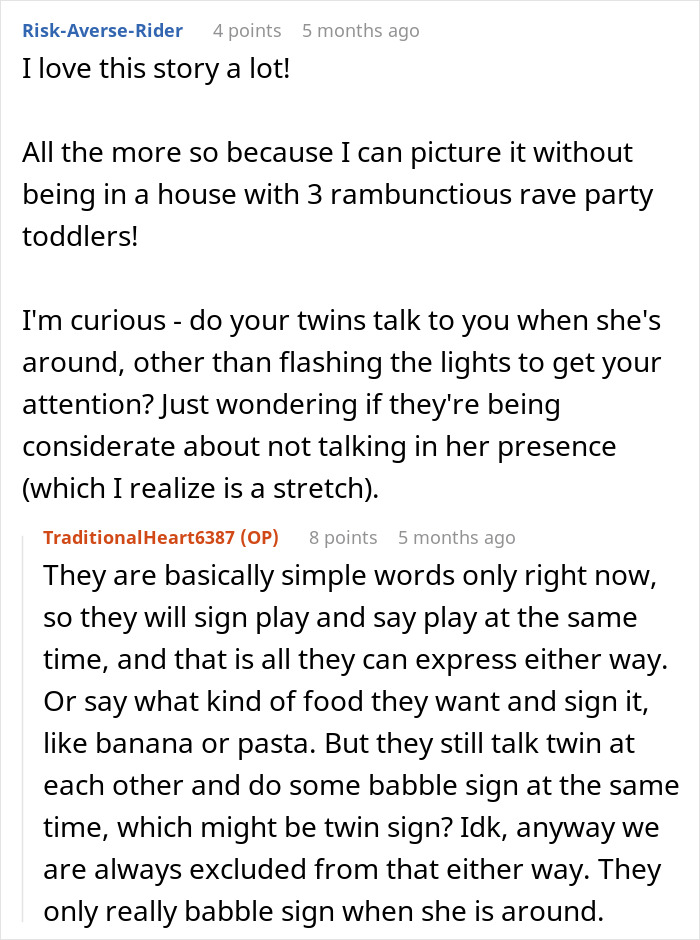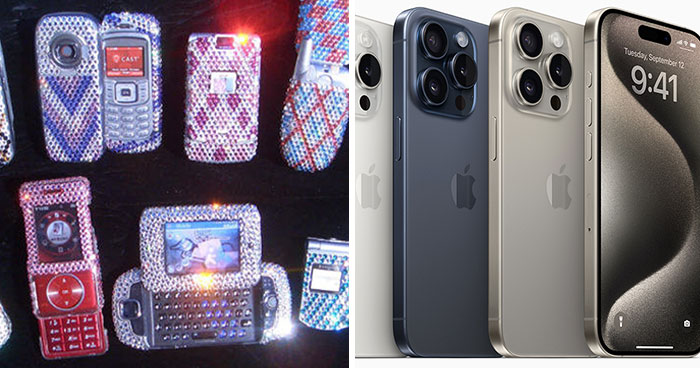
Mom Wonders About Sign Language After Her Twins Make Friends With A Deaf Toddler
Interview With AuthorLearning that your kids made a new friend at school is a heartwarming experience, but what if it turns out that the new friends had their own specific needs? This is the situation one mom found herself in.
A mom turned to the internet with a heartwarming story, when her twins befriended a deaf child and needed help communicating their names in ASL. Helpful netizens gave her a boatload of advice, tips, and tricks and were rewarded when OP came back with an update. People shared their thoughts on the downright wholesome story and their own experiences. We also got in touch with TraditionalHeart6387 who wrote the original story.
Children often don’t have the best communication skills, so add in ASL and you have yourself a challenge
Image credits: Liliana Drew (not the actual photo)
A mom needed some help when her twins befriended a deaf child
Image credits: Artem Podrez (not the actual photo)
Image credits: RDNE Stock project (not the actual photo)
Image credits: TraditionalHeart6387
TraditionalHeart6387 ended up getting some help from another mom
Bored Panda got in touch with the mother who posted the original story and she was kind enough to answer some of our questions. “We had another encounter with the little boy and used his name for her when he was around. The advice that people suggested was helpful, and we are going to talk with our twin’s Dead friend’s Deaf mom about a name to grow with our little girl sometime next week, as it was pointed out by one helpful person that both names signs given were completely unconventional for names.”
“I would just encourage people to learn ASL through Dead community teachers and to be respectful of cultures you learn languages from! When teaching sign to babies, teach your local sign (ASL, Auslan, BSL, etc) instead of “baby sign” if you are teaching them a nonverbal language.”
Sign language in one form or another has been around a lot longer than most people might think
While ASL (American Sign Language) as we know it in the 18th and 19th centuries, Spanish conquistadors reported that Native Americans already had a form of nonverbal communication to assist with inter-tribal discussions and trade. These days, in the US, there are between 250,000 and 500,000 “speakers” of ASL. If that number seems a bit imprecise, it’s mostly because there has never been a nationwide survey done, as many non-deaf people learn it to some degree for one reason or another.
In fact, American users of ASL even have regional “accents,” for example, studies have shown that folks from the south have a more relaxed and “flowy” style of signing, while New Yorkers are quicker and use sharper movements. Obviously, people who can hear who learn sign language (like in OP’s story) tend to have slightly different posture and hand/arm movements compared to a deaf person who learns it at a much earlier age.
However, OP has dug herself a small, but surmountable hole by naming her twins after common nouns that, presumably, have their own words in sign language. As many commenters note, this isn’t a major issue but still requires a planned approach. After all, no one wants this young toddler to ask her new friends their names only to be confused by the signs for some object.
Image credits: Thgusstavo Santana (not the actual photo)
There are some solutions to differentiating between a noun and someone’s name
Fortunately, OP is particularly forward-thinking and did the right thing by reaching out to the online community that has no doubt encountered this before and gave her solid advice. She mentions the idea of fingerspelling names as a possible solution. If you are not familiar with this concept, it’s simply “spelling out” individual letters with your hands, in contrast to making gestures that represent things.
While generally, this is a lot slower, this method does allow ASL (and users of other sign languages) to differentiate between “normal” sentences and something the other person is trying to emphasize or set apart. This way, OP’s kids who have common-noun names can be set apart from this noun, although this only works if the deaf child actually understands fingerspelling and its implications.
However, as we see in the update (shared below) kids have their own ways of making communication work. After all, every child has semi-independently learned how to make friends and get its parents to do stuff, so the skillset is there. How this friendship pans out is anyone’s guess, since kids tend to need to be a lot older for relationships to truly cement, but should they really learn ASL, that’s a useful skill for life.
Image credits: cottonbro studio (not the actual photo)
OP shared some more details with the readers
Many people gave her advice
Later, she shared an update with the readers
Image credits: Nastya Korenkova (not the actual photo)
Image credits: TraditionalHeart6387
People loved the story and found it heartwarming
The mom shared some more stories from this charming friendship
Image credits: ChurchArt Online (not the actual photo)
Image credits: TraditionalHeart6387
People wanted a bit more info
Auslan (Australian Sign Language) is taught as the compulsory "language other than English" at the primary school where I work.
That is so neat. I had always wished I learned some basic BSL or ASL growing up.
Text messages are an absolutely fantastic way to communicate. This is equally true within the Deaf community, and for Deaf-hearing interactions. It's a brilliantly level playing field. It's also great for people who are mute, selectively mute, and those who have lost their voice due to winter coughs, and illness.
Auslan (Australian Sign Language) is taught as the compulsory "language other than English" at the primary school where I work.
That is so neat. I had always wished I learned some basic BSL or ASL growing up.
Text messages are an absolutely fantastic way to communicate. This is equally true within the Deaf community, and for Deaf-hearing interactions. It's a brilliantly level playing field. It's also great for people who are mute, selectively mute, and those who have lost their voice due to winter coughs, and illness.

 Dark Mode
Dark Mode 

 No fees, cancel anytime
No fees, cancel anytime 

















































































118
11